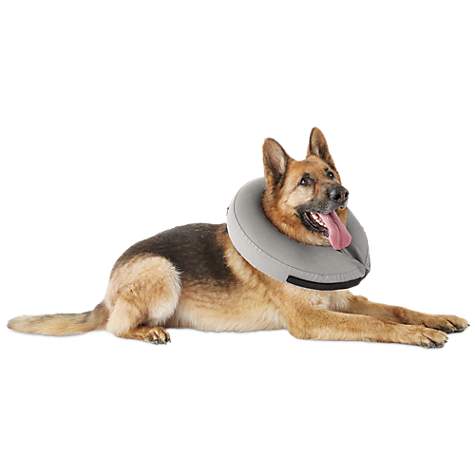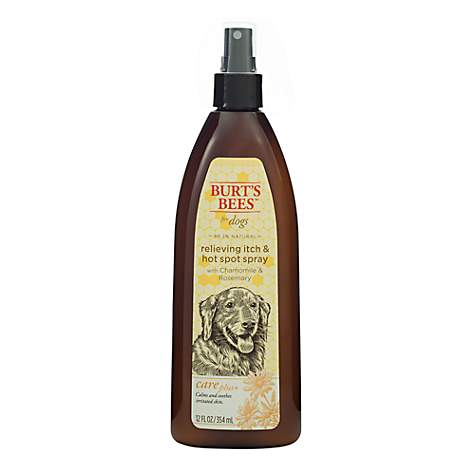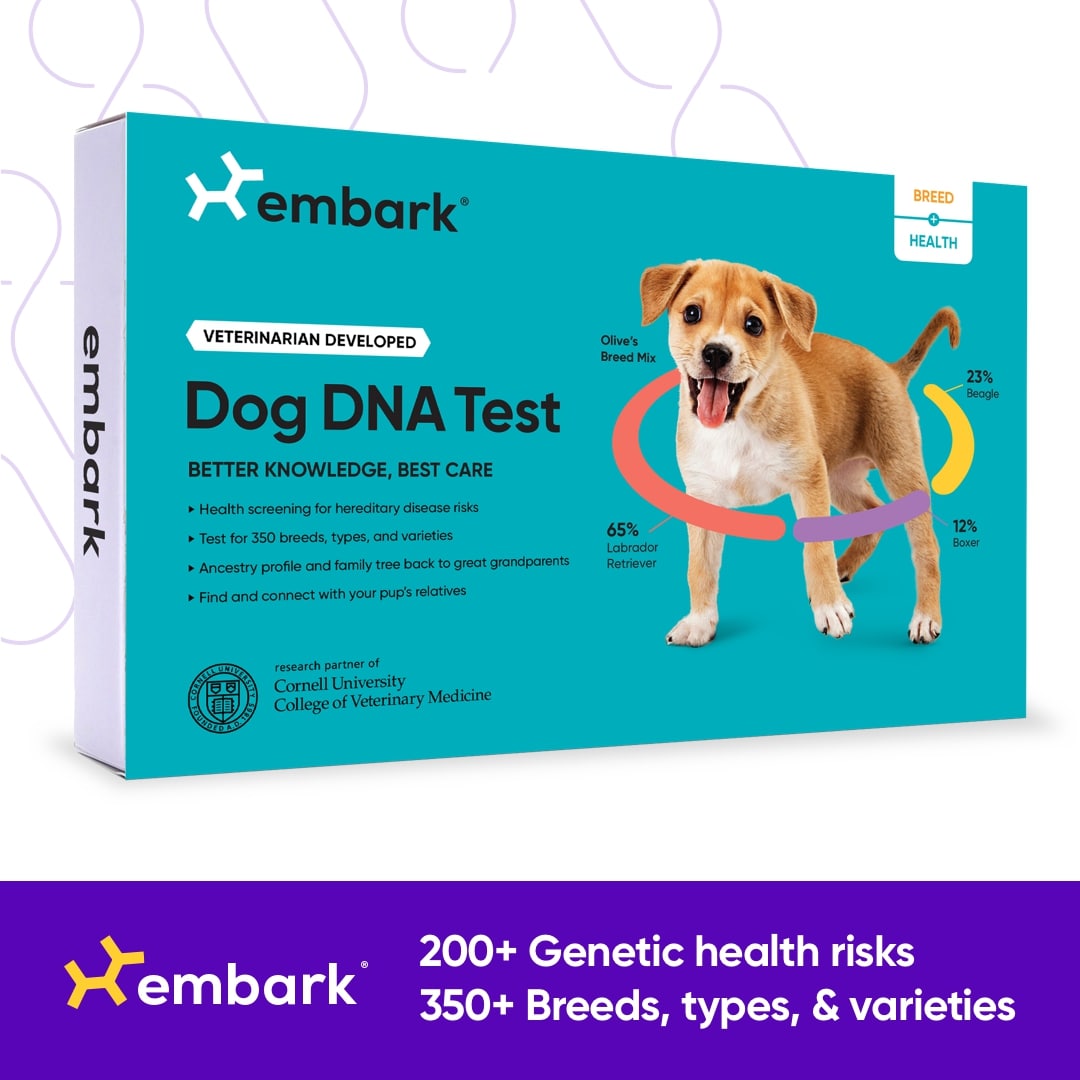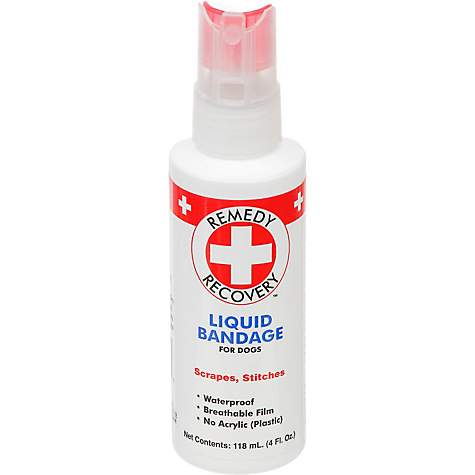Chondrodysplasia and Polyneuropathy
These two genetic disorders have been researched and addressed by the AMCA (the national breed club) and efforts made to wipe them out. Because of their mode of inheritance, and the difficulty of getting breeders to share information among themselves, this has been quite difficult to do, but things are improving.
Chrondrodysplasia (or CHD)
Chondrodysplasia is a genetic disorder in the Alaskan Malamute where puppies are born with crippling deformities, evident in the abnormal shape and length of their limbs. Chondrodysplasia is present in adult carriers as an auto-somal or simple recessive gene. Both sire and dam must carry this gene in order to produce an affected (chondrodysplastic or CHD) puppy.
History and Explanation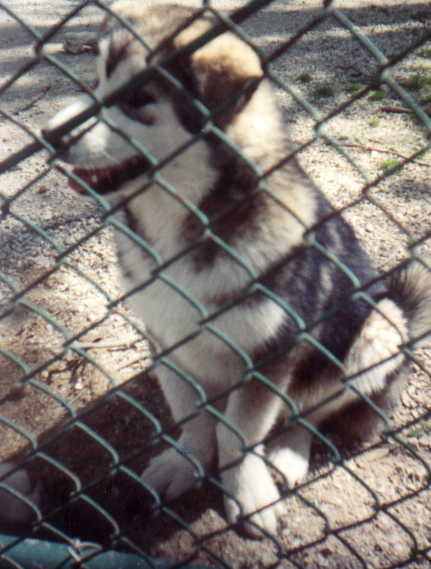
For a number of years, Alaskan Malamute breeders in both the United States and Canada were aware of occasional litters that contained deformed or dwarfed puppies, produced by parents who, themselves, showed no physical evidence of such deformity. In the early 1970's these puppies were discovered to have a genetic disorder. At first they called these dogs "dwarves" because they were smaller, with shorter limbs than normal dogs. This proved to be confusing because Veterinarians associated it with the dwarfism found in Hereford cattle, while owners associated it with any small Malamute. Since neither is correct, another name, chondrodysplasia (meaning faulty cartilage), was created and used.
Unfortunately a few unscrupulous "puppy mills" considered this a gold mine. They began breeding "mini mals" and supplying them to Malamute stores. This of course, riddled many "Malamute store" stock puppies as carriers. I know personally of one breeder that was creating these "mini mals" and selling them to research facilities - they were easier to keep because of their size, their tendency to not bark, and typical Malamute high tolerance to pain. Not a good situation for the breed or individual dogs.
Chondrodysplasia in the Malamute was originally diagnosed as a form of rickets. Later it was determined that this diagnosis was incorrect. While no one is sure what the problem is (though it seems to be related to a defect that allowed breeders to create short-stature breeds such as the Corgi or Daschund with their short-chondrodysplastic legs), it appears it may be a a genetic, or inherited trait. A more technical description of this gene is auto-somal, or simple recessive. This means that both parents much carry the gene in order to produce an affected puppy.
In very young puppies, under six weeks of age, the deformity is difficult to detect without x-rays. As the puppy gets older, the deformity becomes more evident in the shape and length of the front legs. However, not all chondrodysplastics are severely affected. In some adults, the front legs may appear almost normal.
It is not the chondrodysplastics themselves that are the major problem (except in the case of an unscrupulous puppy mill breeding "mini-mals"). The greatest concern is the use in breeding of the completely normal appearing dogs that possess or carry this gene. While the breeding of two carriers can produce a chondrodysplastic, a litter from a breeding between a carrier and a non carrier (or clear) will contain only normal appearing dogs. Nevertheless, an undetermined number of puppies will themselves be carriers, having inherited the gene from their carrier parent. The continued whelping of such litters increase the number of carriers at large in the total Malamute population increasing the chance of two carriers being bred to each other and creating deformed puppies.
Certification
The AMCA maintains and administers a registry of CHD CERTIFIED dogs. As of January 1, 1993, CHD Certification became available to dogs with one certified ancestor between the applicant dog and each uncertified ancestor visible within its five generation pedigree. If proof can be offered that an uncertified ancestor is a full sibling to a certified dog, the applicant's pedigree will be evaluated via a five generation pedigree.
Once thought to occur only in Malamute, Chondrodysplasia has now been detected in other breeds. The AMCA program has become a model for other breed clubs.
Polyneuropathy
Polyneuropathy means "many abnormalities of the nervous system". Early literature on the subject is by Dr. Lars Moe from Norway where numerous cases were diagnosed in first generation offspring of Alaskan Malamutes imported from the United States in the 1970's. Veterinary colleges in the U.S. have seen a number of cases since then, but nothing before that has conclusively been determined to be what we call polyneuropathy.
This condition appears to be a total lack of coordination. Many dogs will "bunny hop" as adults with this disorder rather than run correctly. The degree of affliction can be from mild to severe. Some dogs fall down, others walk on the tops of their feet with the foot folded under, or the movement may just seem a little "off". Other symptoms include exercise intolerance, lack of muscle mass, voice changes, problems swallowing, and regurgitating have also been described. Not to be confused with regurgitation when the dog has an upset stomach or "morning urping" I've described elsewhere. Some dogs just slowly stop "jumping up" or show a tremor in the legs.
Dogs usually start showing symptoms between 6 months to 2 years and come on suddenly. Sometimes the symptoms will last for several months then suddenly lessen, but never go away completely.
The disease itself is rather rate, and is often misdiagnosed. Some spinal problems caused by lesions and bone spurs cause similar symptoms. The difference is that strange movement is symmetrical. Diagnosis must be done from a veterinary medical school or veterinary neurologist because it takes some pretty advanced tests to diagnosis. The tests include nerve and muscle biopsies, electromyography and nerve conduction velocities. The test will show a deterioration of the myelin sheath of the nerve and conductivity may be slower than normal. X-rays show if there is an enlarged esophagus. Test breeding isn't practical like it is with other conditions because onset is usually quite young.
It is important to stay in contact with puppy buyers or breeders so you know immediately when the first symptoms crop up. The tests are expensive, but sometimes a teaching institution such as a school of veterinary medicine will do these tests for free or for a reduced rate to give their students experience. Veterinarians interested in this problem include Dr. Mike Moore, a neurologist at Washington State University in Pullman, Washington and Dr. Kyle Braund at Auburn University in Alabama.
If you'd like more information, the Alaskan Malamute Research Foundation has published an educational video titled Inherited Polyneuropathy in the Alaskan Malamute. One of the people in the forefront with a great deal of information about this disease is Vicky MacLean in Helena, MT. She has done extensive testing of her own dogs and through research knows more than the average breeder about this problem in the Alaskan Malamute. She was kind enough years ago to answer my questions when we discovered some of Homer's sisters were affected. Fortunately, he wasn't a carrier and we have had no problems with the disease ourselves.

